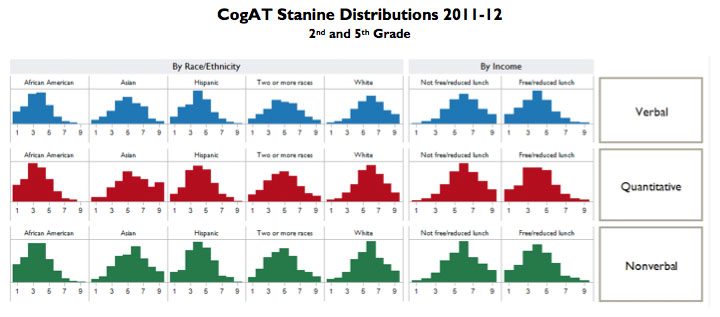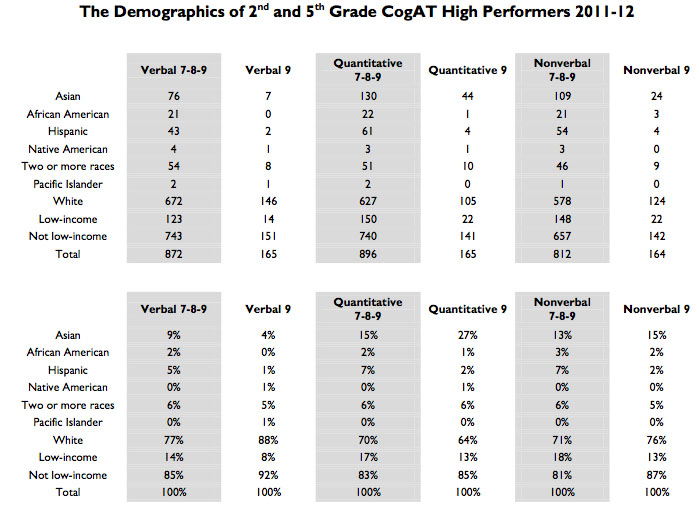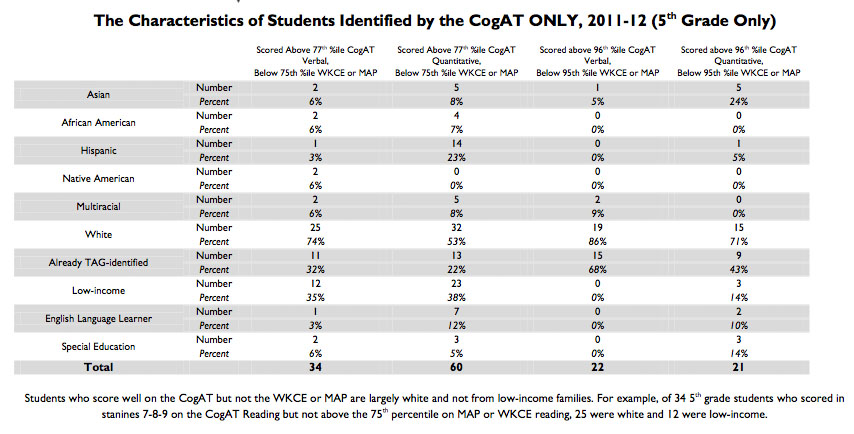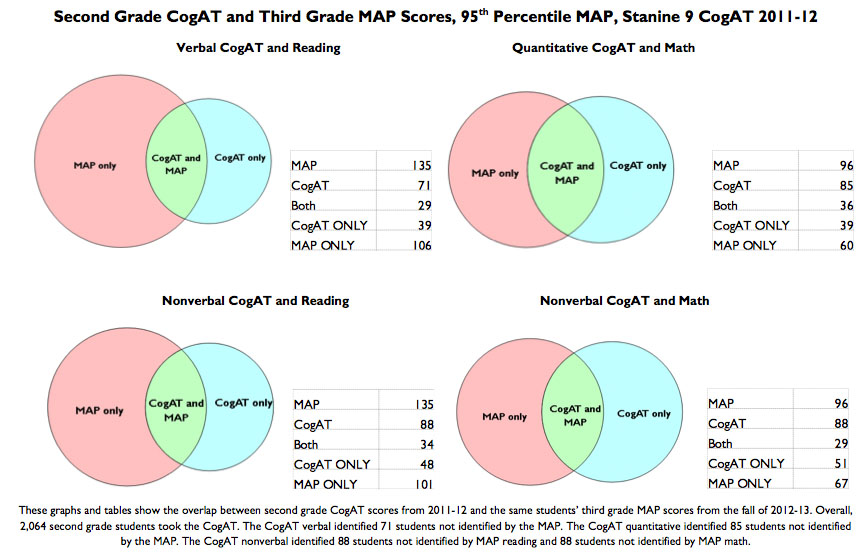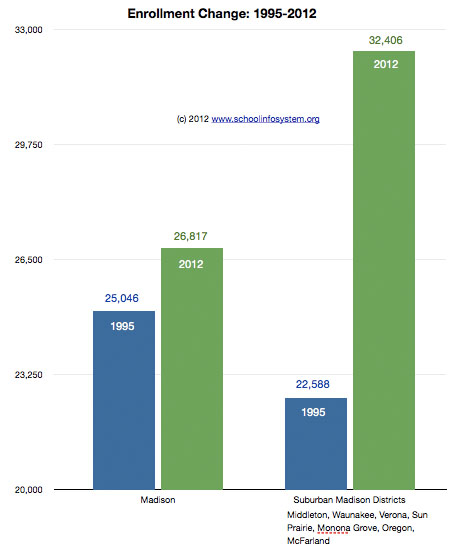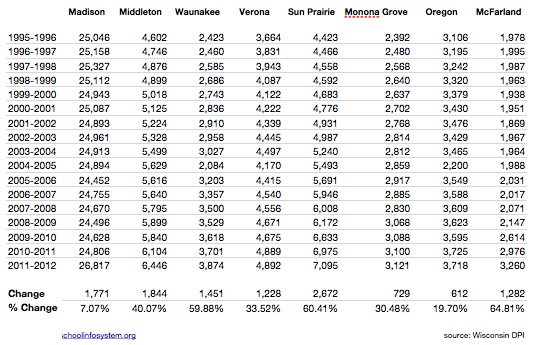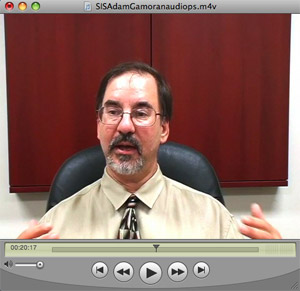Dumb Kids’ Class
CATHOLIC SCHOOL was not the ordeal for me that it apparently was for many other children of my generation. I attended Catholic grade schools, served as an altar boy, and, astonishingly, was never struck by a nun or molested by a priest. All in all I was treated kindly, which often was more than I deserved. My education has withstood the test of time, including both the lessons my teachers instilled and the ones they never intended.
In the mid-20th century, when I was in grade school, a child’s self-esteem was not a matter for concern. Shame was considered a spur to better behavior and accomplishment. If you flunked a test, you were singled out, and the offending sheet of paper, bloodied with red marks, was waved before the entire class as a warning, much the way our catechisms depicted a boy with black splotches on his soul.
Fear was also considered useful. In the fourth grade, right around the time of the Cuban missile crisis, one of the nuns at St. Petronille’s, in Glen Ellyn, Illinois, told us that the Vatican had received a secret warning that the world would soon be consumed by a fatal nuclear exchange. The fact that the warning had purportedly been delivered by Our Lady of Fátima lent the prediction divine authority. (Any last sliver of doubt was removed by our viewing of the 1952 movie The Miracle of Our Lady of Fatima, wherein the Virgin Mary herself appeared on a luminous cloud.) We were surely cooked. I remember pondering the futility of existence, to say nothing of the futility of safety drills that involved huddling under desks. When the fateful sirens sounded, I resolved, I would be out of there. Down the front steps, across Hillside Avenue, over fences, and through backyards, I would take the shortest possible route home, where I planned to crawl under my father’s workbench in the basement. It was the sturdiest thing I had ever seen. I didn’t believe it would save me, but after weighing the alternatives carefully, I decided it was my preferred spot to face oblivion.
Related: English 10
